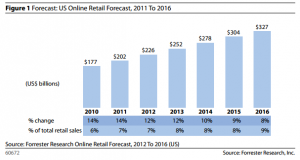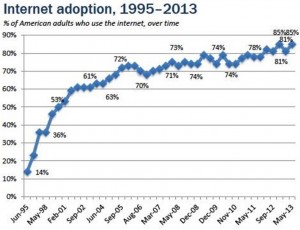 There are thousands of consultants who will tell you what to do to be a success in Internet Marketing. The real issue consulting clients face, however, is to get advice on how clients can develop and execute an online marketing strategy.
There are thousands of consultants who will tell you what to do to be a success in Internet Marketing. The real issue consulting clients face, however, is to get advice on how clients can develop and execute an online marketing strategy.
I have found five areas where consulting related articles, books, webinars, training, particularly with the how, fall short:
- They do not provide the expertise needed to execute a marketing effort.
- They fail to understand a client’s needs, goals, capabilities and finances.
- They offer no way to understand a client’s interests and marketing hot buttons as they relate to their customer/s.
- They fail to integrate the different elements of a marketing program. As a consequence, consultants do not offer guidance to the client so that the weakest link in a client’s marketing program does not ruin its overall marketing effort.
- They do not help a client determine goals and the measurement parameters necessary to help them improve their efforts for success.
 Internet Marketing
Internet Marketing





 Blogs
Blogs I hope that what I have shared with you makes a convincing case that the importance of successful online marketing of your product or service cannot be underestimated. None of the elements of internet marketing work in a vacuum, and you should consider your goals, your budget and what overall strategy and plan-of-action would be best, especially given the stage of development of your business. At the end of the day, online marketing boils down to testing and measuring what you’re doing, tracking the results of campaigns and tweaking the programs. That’s why analytics is so important – with good analytics you can gauge what is going on with your online marketing and adapt accordingly, insuring that you are not wasting time and money, but rather that you are achieving tangible results while knowing why.
I hope that what I have shared with you makes a convincing case that the importance of successful online marketing of your product or service cannot be underestimated. None of the elements of internet marketing work in a vacuum, and you should consider your goals, your budget and what overall strategy and plan-of-action would be best, especially given the stage of development of your business. At the end of the day, online marketing boils down to testing and measuring what you’re doing, tracking the results of campaigns and tweaking the programs. That’s why analytics is so important – with good analytics you can gauge what is going on with your online marketing and adapt accordingly, insuring that you are not wasting time and money, but rather that you are achieving tangible results while knowing why. Guidelines for Website Design
Guidelines for Website Design Startup Business Internet Guide
Startup Business Internet Guide
 Here are some of the major issues you need to think about as your online marketing and sales outreach meets your potential customers in the purchase process:
Here are some of the major issues you need to think about as your online marketing and sales outreach meets your potential customers in the purchase process:


 A few weeks ago, a client and I were discussing how to improve a business presentation because he thought the material was over some of the participants’ head. He insisted on including as much content as possible. He failed to realize that too much information can lead to failure.
A few weeks ago, a client and I were discussing how to improve a business presentation because he thought the material was over some of the participants’ head. He insisted on including as much content as possible. He failed to realize that too much information can lead to failure. Market Research Overview
Market Research Overview

